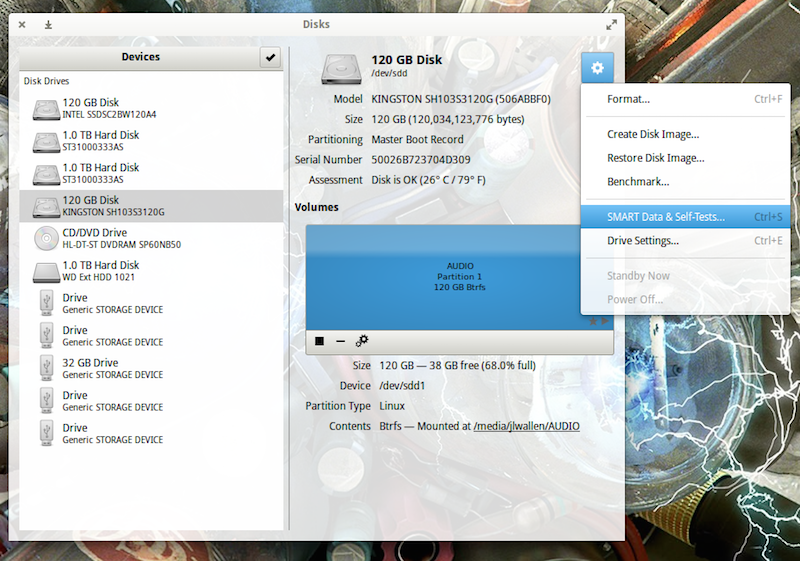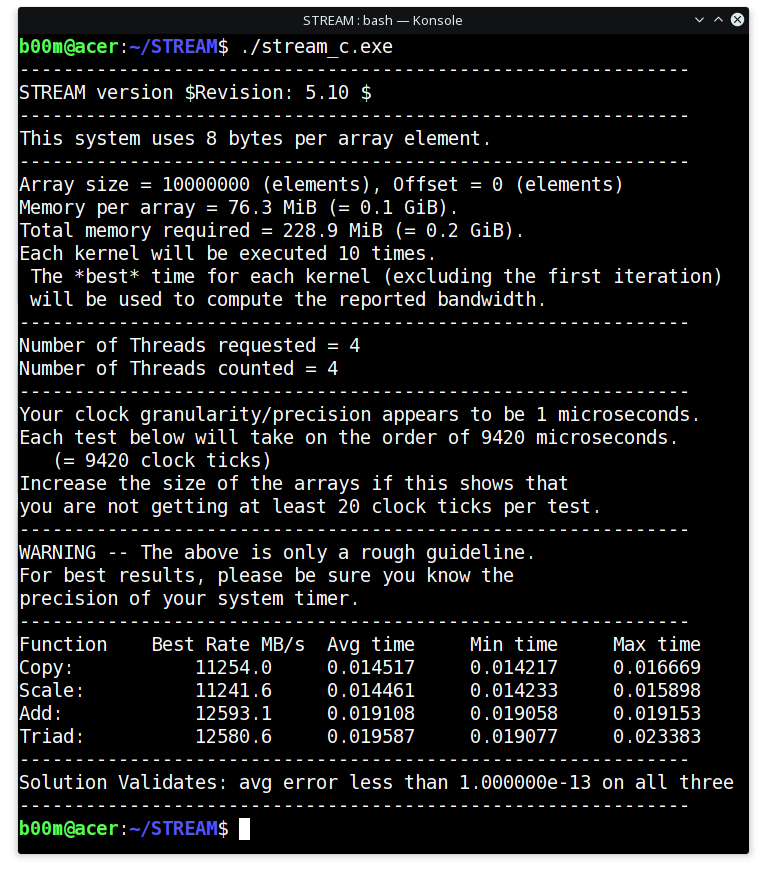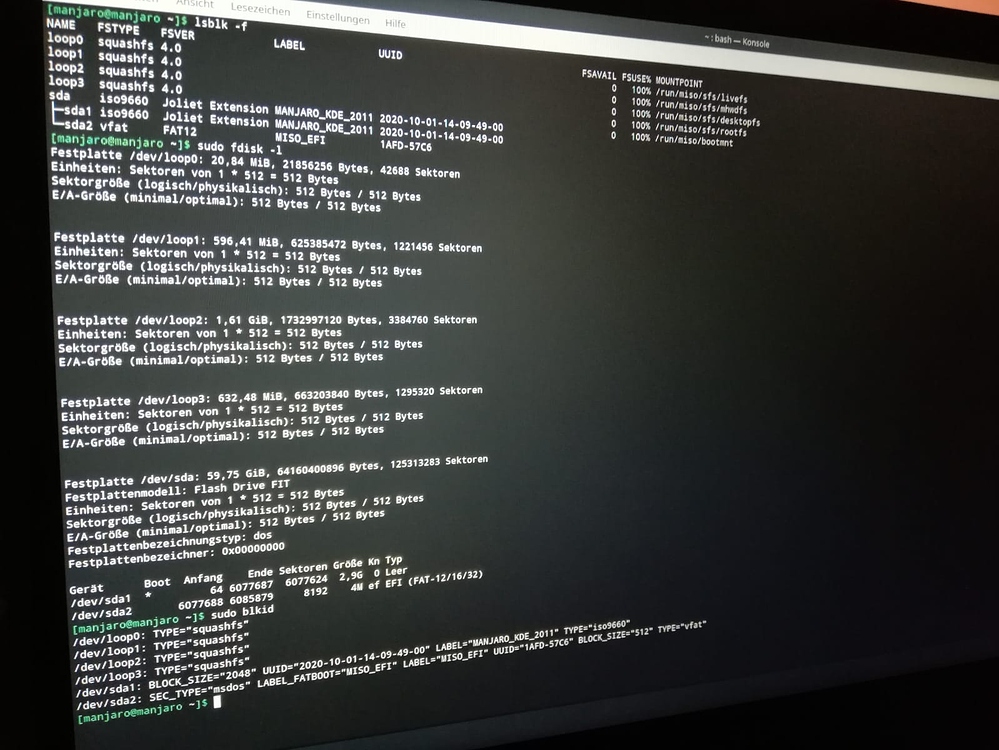

This could be because you need a newer disk management program that works with NVMe-capable devices. You may have a disk management program incompatible with NVMe on your computer if the NVMe port does not appear in the BIOS, but the disk does not appear in the BIOS. If your disk is properly identified but it still appears as an error in the BIOS, it could be because the disk management program on your computer is no longer up to date or is incompatible with NVMe. If not, you may need to double-check that your disk is properly identified in Disk Management on your computer. 2 SSD on your computer and it supports NVMe, the disk should be listed as an available device in the BIOS.

Is there any way to monitor temperature or reads/writes of and NVMe drive? There is no way to use it using any of these libraries: hDParm, udisks, smartctl, or hddtemp.

SSDs are generally rated for running at temperatures ranging from 0C to 70C (32F to 158F). When the temperature reaches 70C, the storage device will not only fail to function, but it will also go out of business. Which temp should I use for my NVMe drive? In general, SSDs can withstand temperatures as low as 0C to as high as 70C. To display NVMe SSD temperatures on Linux, use this procedure. – NVME-inspect: This is a tool that allows you to check the health of your NVME and also allows you to perform a variety of other tasks such as firmware updates. – NVME-GUI: This is a graphical user interface that allows you to check the health of your NVME. – NVME-cli: This is a command line interface that allows you to check the health of your NVME. Once connected, you can use a variety of tools to check the health of the NVME. How Do I Monitor Nvme? Credit: To monitor an NVME, you will need to connect it to a computer that has an available USB port. The CHKDSK tool is simple to use: right-click on the drive you want to check, choose Properties, and then Tools, then click on Check. The Flush command’s job is to convert a specific name’s data and metadata to nonvolatile media. In addition to having many SSD optimization tools, Linux includes a number of different filesystems for optimize SSD performance. In general, solid-state storage can be classified based on its open standard, which is overseen by a non-profit organization. It is generally recommended that you have a NVMe controller as well as an nvme disk on your system when it is upgraded. This tool can perform disk health checks as well as repair the most problematic sectors and errors in addition to performing a disk health check. Non-Volatile Memory Express (NVM) is a non-profit organization’s open specification that defines a wide range of solid-state storage technologies. If the status is “BAD”, then there may be a problem with your Nvme controller. If the health status is “OK”, then your Nvme controller is healthy. The health status will be under the “SMART status” section. This will print out a lot of information about your Nvme controller. You can also use the “hdparm” command to check the health of your Nvme controller. If the status is “FAILED”, then there may be a problem with your Nvme controller. If the health status is “PASSED”, then your Nvme controller is healthy. The health status will be under the “SMART overall-health self-assessment test result” section. To do this, type the following command in a terminal: You can also use the “smartctl” command to check the health of your Nvme controller. If the status is “Bad”, then there may be a problem with your Nvme controller. If the health status is “Good”, then your Nvme controller is healthy. The health status will be under the “SMART/Health Information” section. To check the health of your Nvme controller, type the following command in a terminal: This tool is used to manage and troubleshoot Nvme controllers. To check the health of an Nvme controller in Linux, you can use the command line tool “nvme-cli”. Nvme controllers are faster than AHCI controllers and use less power. It is used to connect SSDs to the PCIe bus. As the name suggests, Nvme is a Non-Volatile Memory Express controller.


 0 kommentar(er)
0 kommentar(er)
